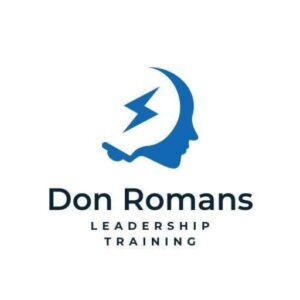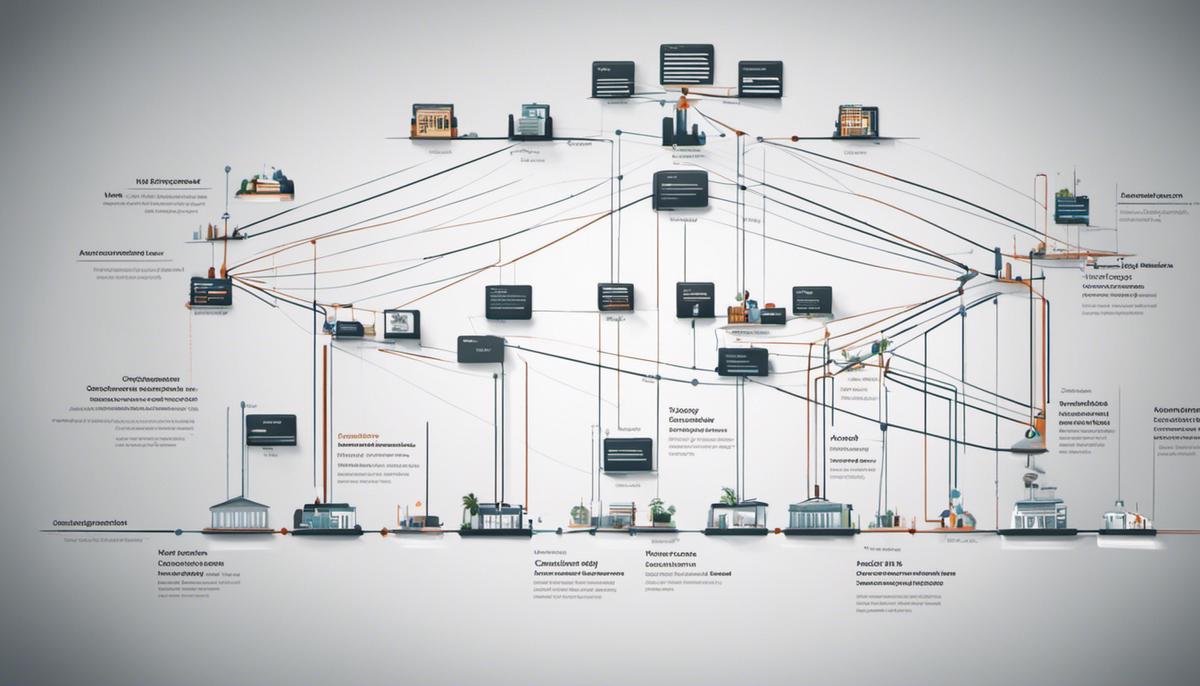In an evolving corporate landscape, understanding the basics of an organizational hierarchy structure can be crucial to business comprehension and success. This vital component of the corporate world serves as the backbone of most entities, irrespective of their distinct industry or operational scale. It outlines the duty bounds, authority lines, and communication flow within an enduring institution. From family businesses to multinational corporations, this systemic classification plays a cardinal part in defining operational roles and responsibilities. Herein, we will explore the fundamental aspects, key components, benefits and drawbacks, alternative structures and a wealth of real-world examples to gain a wholesome perspective of organizational hierarchy structures.
Basics of Organization Hierarchy Structure
An organizational hierarchy is essentially a system of ranking within an organization. It encompasses different roles and responsibilities delineated to various individuals, thus defining their positions or levels within the organization. The structure is typically depicted in a diagrammatic form known as an organizational chart. These charts illustrate the internal structure or hierarchy of an organization, making it simpler to understand the chain of command, the functions of various departments, and the communication lines within the organization.
The hierarchy structure is fundamental to any organization because it facilitates efficient management and coordination of tasks. It clearly defines the roles, functions, and authority of each individual and department. This clarity enables a smooth and efficient workflow.
This setup aids in decision-making processes, as it’s clear who has the authority to take critical decisions. It also simplifies the communication process within the organization, so information gets passed without unnecessary bottlenecks or delay.
- Functional Structure: In a functional organization structure, people with equivalent skills and capabilities are grouped together for assignment tasks. For instance, a company’s marketing team, finance team, or HR team represent separate units working solely on tasks relevant to their expertise. This structure is ideal for large-scale organizations with a vast range of operations, as it allows each department to work independently.
- Divisional Structure: In a divisional organizational structure, departments are formed based on the products or services they offer. Each division operates almost like a separate company, with its resources and workforce. These divisions might be determined by geography, customer base, or product lines. This approach is beneficial when an organization has multiple products or services demanding different strategies and expertise.
- Matrix Structure: A matrix organizational structure is a blend of functional and divisional structures. Here, employees have dual reporting relationships. They report to a functional manager for their specialty area and a product or project manager simultaneously. This arrangement encourages cross-functional collaboration and adapting swiftly to changes.
Grasping the various types of organizational hierarchies is vital in shedding light on the operation of businesses, including how they allocate roles and responsibilities. This knowledge is indispensable for anyone initiating a career in business or management, or employees aiming for career advancement.
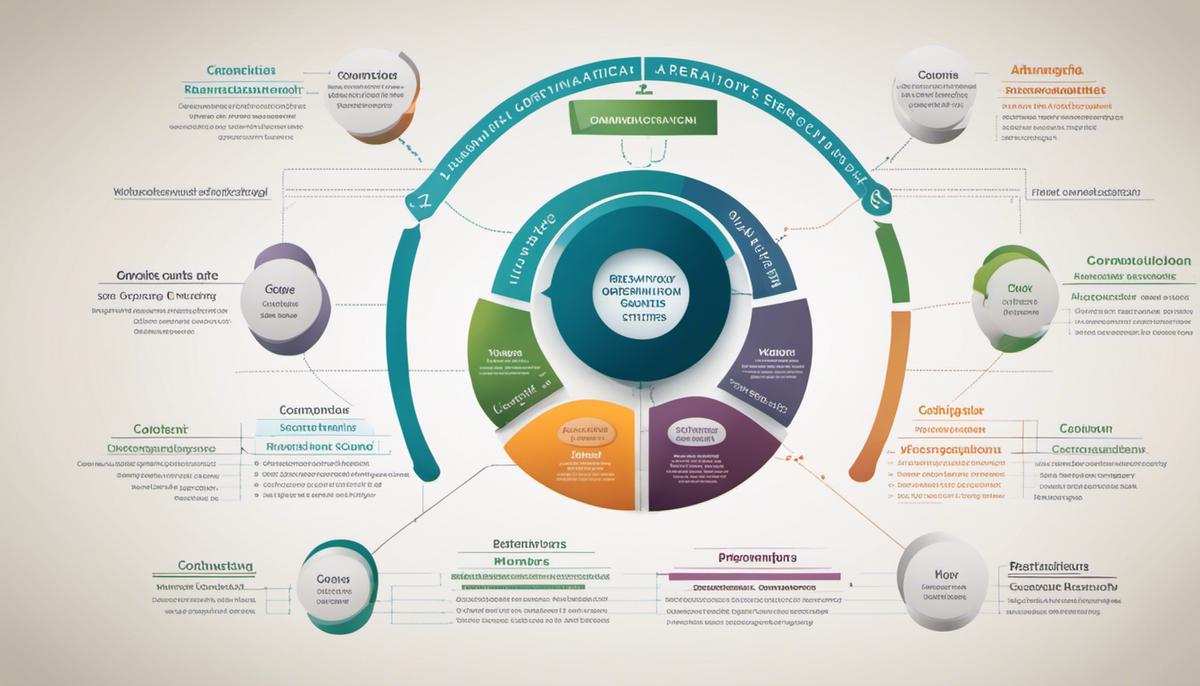
Key Components of an Organization Hierarchy
The Structure of Organizational Hierarchy
The organizational hierarchy, also known as organizational structure, constitutes the distribution of roles, responsibilities, and relationships within an entity or a company. Typically, this structure is implemented in a top-down format which includes three main levels: top-level management, mid-level management, and first-line management. Each of these levels is entrusted with specific roles and duties to enable a smooth and optimal operational flow.
Top-Level Management
At the highest level of the organizational hierarchy are the top-level managers. This group includes roles such as Chief Executive Officer (CEO), Chief Operations Officer (COO), Chief Financial Officer (CFO), and other high-ranking officers. They’re responsible for setting the company’s overall strategic direction, establishing policies, and ensuring the company stays on course in fulfilling its objectives. The top management largely deals with business-related decisions, from choosing the business model to entering new markets, they are in charge of all the significant determinations which affect the organization as a whole.
Mid-Level Management
Mid-level management serves as the link between top-level managers and first-line managers. These managers take on various designations within different organizations, such as department heads, branch managers, and project leaders. They are responsible for executing the strategic plans developed by top management. They oversee first-line managers, ensuring they correctly implement company directives and strategies in their respective departments. Mid-level managers also play a critical role in making operational decisions, such as resource allocation and workflow management.
First-Line Managers
First-line managers hold the most crucial role in direct operations, as they interact with the workforce executing the organization’s daily tasks. This level includes team leaders, supervisors, and general managers who are directly linked to non-managerial employees. Their responsibilities encompass the supervision of everyday organizational activities, managing frontline staff, addressing employee concerns, and ensuring that department-level goals align with the overall organizational objectives. First-line managers are also crucial in providing feedback from workers to upper management.
The Dynamics between Various Management Levels
Realizing the importance of organizational hierarchies involves understanding the intricate interactions between different layers of the organization. None of the levels work isolatedly; they are all interconnected, requiring robust communication and collaboration for the company to prosper. The top-tier management is primarily responsible for crafting the company’s long-term strategy and cascading it down to the intermediate managerial level. Here, mid-level managers take over, interpreting these high-level strategies into actionable plans, which then are communicated to the line managers. Subsequently, line managers coordinate with the entry-level employees to execute these plans.
Through this mechanism, the strategic vision of the top management gradually percolates down to the bottom, evolving into on-ground action. In contrast, feedback and observations from the front-line workers ascend up the hierarchy, reaching the mid-level and, potentially, top-level managers. This creates a cycle of ongoing progress and strategic alignment.
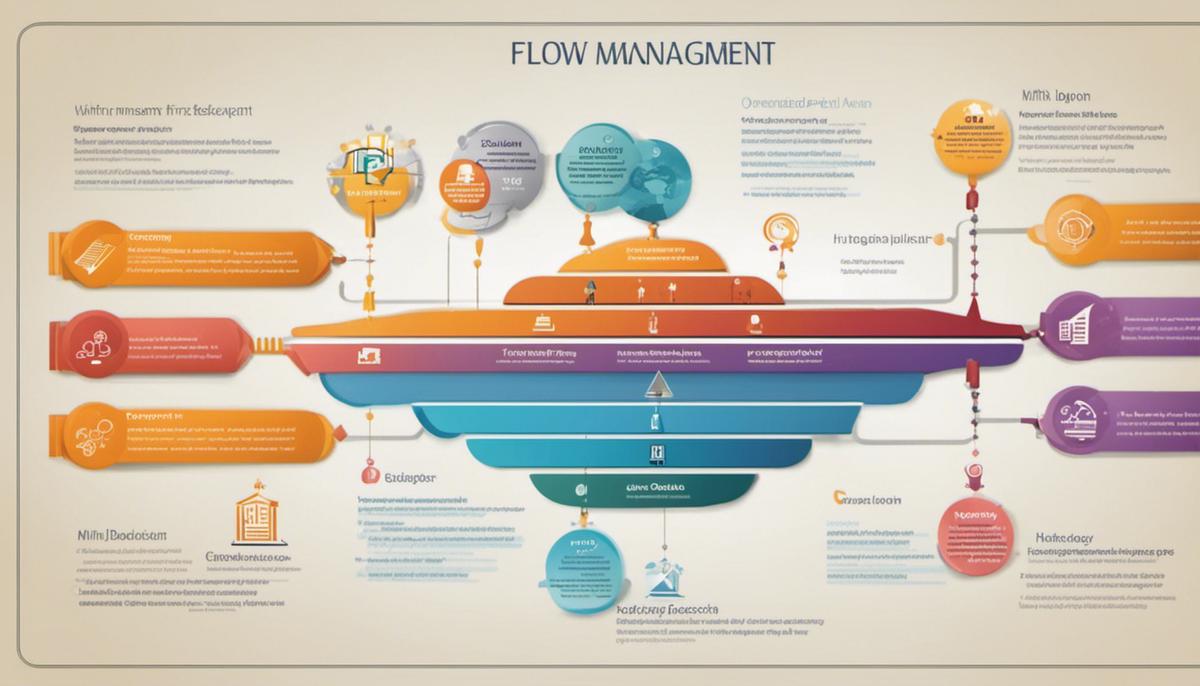
Benefits and Drawbacks of Hierarchy Structure
An Insight into Organizational Hierarchy Structure
An organizational hierarchy is a structural framework within companies, organizing the workforce based on a clearly-defined chain of command – from the highest to the lowest levels of authority. Typically, such a structure is pyramidal, with senior leadership forming the apex, followed by the middle management, and finally the junior or base-level employees. This type of structure is prevalent in most companies, with each level assigned specific roles and duties.
Advantages of a Hierarchy Structure
One of the key benefits of a hierarchical structure is that it provides clear roles and responsibilities. In this setup, each employee knows exactly what their job entails and who they report to, making task allocation, performance evaluation, and career progression quite straightforward.
Another advantage of a hierarchical structure is efficient decision-making. Since decisions are made by those at the top and gradually implemented down the ladder, this structure allows for faster decision-making and a clearer line of command.
Further, hierarchy enables easy coordination as each level has defined tasks and areas of control. This can lead to increased efficiency, as it eliminates duplication of efforts and enhances streamlined operations.
Drawbacks of a Hierarchy Structure
However, a hierarchical structure is not without its drawbacks. One of the more common criticisms is that it can lead to excessive bureaucracy. Decisions have to go through several layers of management before they can be executed, which can delay processes and inhibit innovation.
A lack of flexibility is another significant disadvantage. The rigid structure of a hierarchy can limit employees’ ability to adapt to changes quickly or to think outside the box. This can stifle creativity and innovation, as employees may feel their opportunities for input are limited.
Moreover, a hierarchical structure can also create an environment of inequality, as power and rewards are often disproportionately distributed. This can lead to dissatisfaction and lower motivation among lower-level employees who may feel less valued.
Lastly, the hierarchical structure can potentially lead to communication problems. Information flow is typically top-down, which may result in essential details getting lost, delayed, or distorted along the way. It might also discourage lower-level employees from voicing out their concerns or suggestions, creating a disconnect within the organization.
Assessing Organizational Hierarchy
Organizational hierarchy is vital for establishing clear roles, expediting decision-making, and fostering efficient coordination within a company. Yet it isn’t without its drawbacks such as bureaucracy, rigidity, skewed power and reward distribution, and potential communication hiccups. Therefore, it’s essential for businesses to find a delicate balance within this hierarchical structure to maximize its advantages while curbing its negative implications.

Alternative Hierarchy Structures
Transition towards Flatarchy: A Blend of Autonomy and Order
A balancing solution comes in the form of ‘Flatarchy’, a blend of traditional hierarchy and flat structure, earning favor among startups and forward-thinking enterprises. This design derives the best from both formats: the swiftness of execution and respect for individual autonomy featured in a flat layout, complemented by the structured honor of authority and accountability inherent in a hierarchical system. This hybrid model deviates from the customary hierarchy – where one leader or an executive board governed – by dispersing decision-making power more evenly among team members.
Flatarchy cultivates a collaborative environment, where every opinion is valued, nurturing a culture of creativity and progress. This system works best in sectors that thrive on creativity and innovation like technology, advertising, and the creative arts. By circumventing needless approval layers, Flatarchies speed up decision-making. However, it’s crucial to manage potential challenges, such as ambiguity around roles and duties, tactfully.
Holacracy: A System of Self-Organized Teams
Holacracy is an organizational system that delegates authority and decision-making through an organized hierarchy of self-organizing teams, rather than relying on individual managers. Developed by Brian Robertson, this structure aims to give employees more control over their work and to distribute authority more evenly.
In a holacracy, authority, decision-making capabilities, and tasks are organized around clearly defined roles. These roles can evolve over time, and they are not tied to specific individuals. Instead, each employee can hold multiple roles depending on their skills and the tasks at hand. Despite the lack of conventional managers, holacracy maintains order through a structured set of rules and processes.
Holacracy is best suited for organizations that value transparency, flexibility, and innovation. Companies like Zappos and Medium have adopted this structure in hopes of promoting employee engagement and fostering an adaptive organizational culture. However, the complexity of the rules and the radical transparency policy can be challenging to implement and may not suit all organizations.
Circle Structure: Encouraging Collaboration and Communication
Circle structure is another non-traditional form of hierarchy that focuses more on group dynamics. In this setup, decisions are made within circles – groups of employees who collaborate and communicate consistently. Each circle has a specific goal and operates independently but is interconnected with other circles.
This structure encourages shared responsibility and creates an environment where everyone’s input is valued. Because of the collective decision-making process, however, the decision-making process could become longer. Nevertheless, organizations that wish to promote open collaboration and discussion might find the circle structure beneficial.
Diverse hierarchy structures, each presenting a unique design, provide alternatives to the traditional pyramid-like model. They each have their own advantages and potential shortcomings. With each modification, these structures offer different approaches to motivate, manage, and build leadership among employees in a bid to foster innovation and flexibility in the face of the ever-evolving business landscapes.

Case Studies and Examples
Vertical Hierarchy illustrated by The Ford Motor Company
The organizational structure of the Ford Motor Company, a global front-runner in the automobile industry, exemplifies a perfect instance of a vertical hierarchy. This structure features a top-down model with the Chief Executive Officer (CEO) at the helm, followed by a cascading order of authority. Immediately beneath the CEO, we find the Executive Vice Presidents, each responsible for distinct sectors like global development, manufacturing, marketing, and sales. Subsequent layers are formed by the Vice Presidents, Directors, Managers, all the way down to the employees. The vertical hierarchy bears its own blessings by ensuring clear chains of command and reinforcing the authority of the upper management. However, it might pose challenges to creative collaboration and smooth communication across different departments within the organization.
Flat Hierarchy: The Valve Corporation
In contrast to the vertical hierarchy of Ford, the Valve Corporation—an American video game developer—operates under a flat hierarchy. In this structure, there are very few levels between staff and executives. In fact, Valve is famously known for having no assigned roles, with employees encouraged to contribute where they feel they can be most effective. On the downside, lack of structure can sometimes lead to confusion, but it also encourages a culture of creativity, collaboration, and employee ownership.
Matrix Hierarchy: The Nestle Company
Swiss multinational food and drink company, Nestlé, offers an interesting example of a matrix organizational structure. This setup is characterized by dual reporting relationships where employees report to both a functional manager and a product or project manager. In Nestlé, for instance, a product manager for Nescafe would work with employees from different functional areas such as marketing, finance, and research, who all report to their respective functional managers. Matrix structures allow for better coordination and efficient use of resources but can lead to conflicts due to dual authority and complexity in decision-making.
Network Hierarchy: The Uber Technologies Inc.
Lastly, Uber incorporates a network hierarchy, which is often typical among tech-startups. This hierarchy is a web of relationships rather than a top-down chain of command. While Uber has a central management core, the company works with independent drivers and other external partners who are not directly controlled by Uber, but instead operate somewhat independently. This results in a network of collaborative entities that are interconnected, providing flexibility and reach, but also potential difficulties in control and consistency.
Each of these case studies exemplifies a different type of organizational hierarchy, highlighting the strengths and weaknesses inherent in each. The choice of a specific structure often depends on several factors including the company’s goals, the nature of its work, and its operational context.
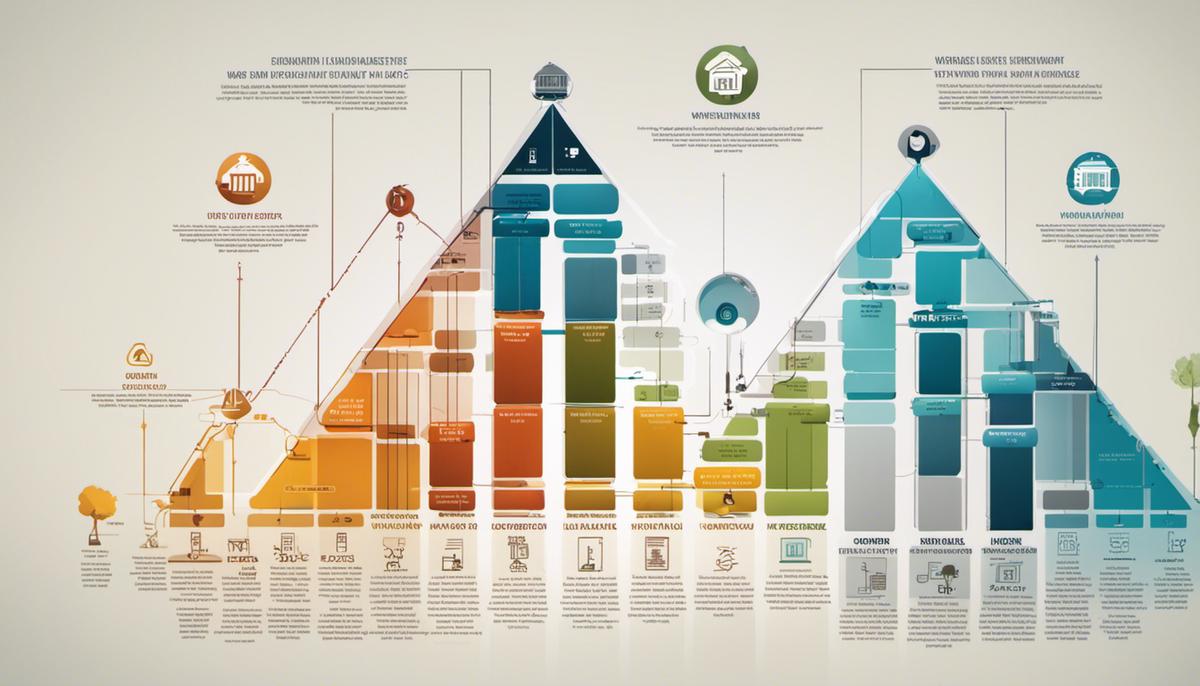
Hence, deeply immersed in the corporate world, organizational hierarchy structures stand significant for their distinct roles in administrative efficiency, operational clarity, and decision-making prowess. Regardless of the associated challenges like bureaucracy and inflexibility, proper understanding and application of hierarchy structures can provide a clear road map to successful endeavor for any entity. The journey of understanding how such structures evolve, function, benefit, or affect organizations may lead to an insightful exploration of one’s corporate environment. As we studied various models and examined specific real-world examples, It’s evident that with the right balance and thoughtful implementation, hierarchical structures can be instrumental in driving organizational success.
